One of the world's top floral designers takes stock of the trends reshaping his trade
There’s perhaps never been a better time to live out the apparently popular fantasy of being a florist. The flower industry is booming and skilled floral designers are in high demand.
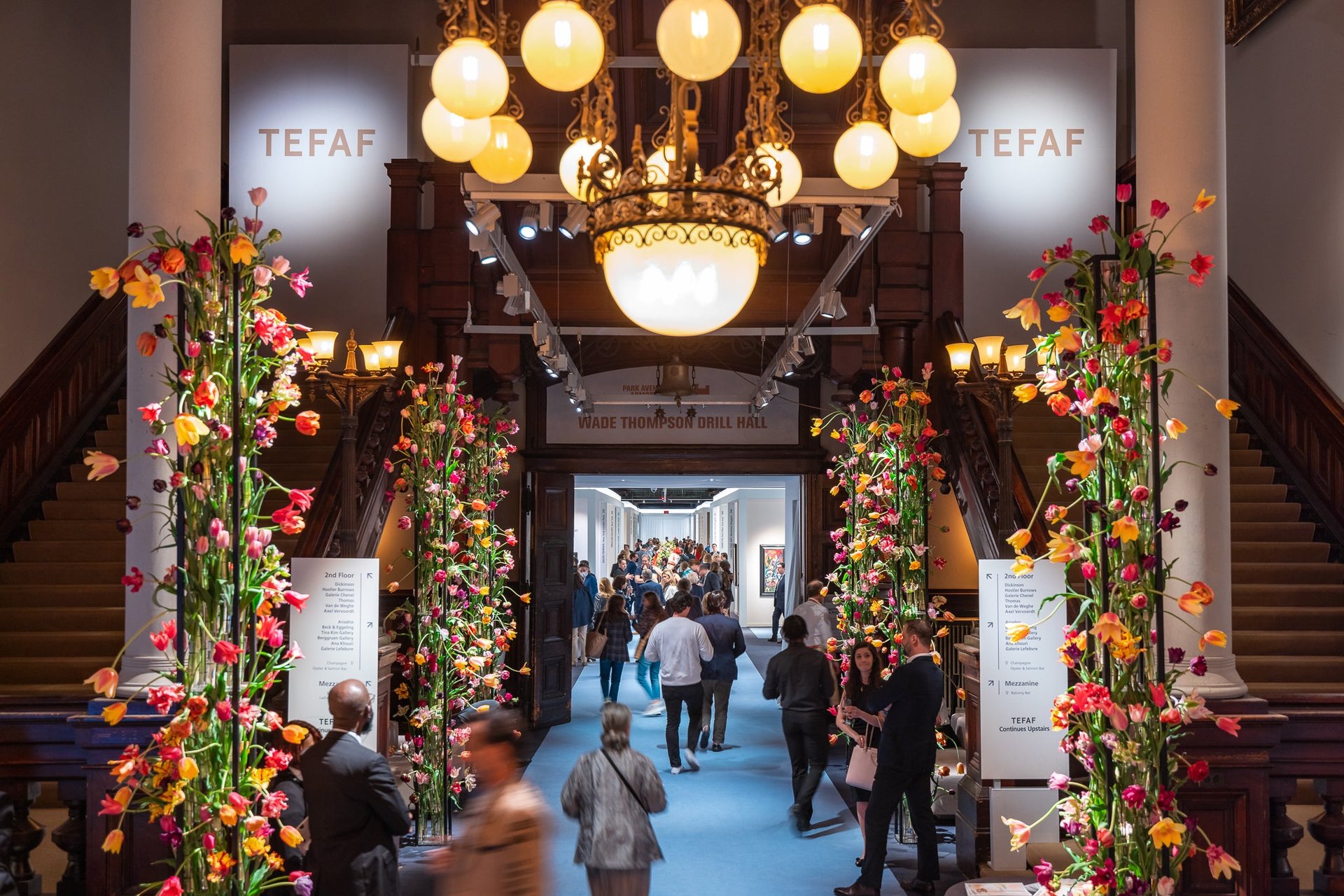
There’s perhaps never been a better time to live out the apparently popular fantasy of being a florist. The flower industry is booming and skilled floral designers are in high demand.
During the grim months of the pandemic, a bounty of blooms—both real and artificial—decorated the façades of shops, restaurants, and al fresco dining parklets. Flowers aren’t just for weddings or special occasions anymore; they’ve become a veritable mental health intervention tactic.
What’s been edited out of this idyll is the enormous toil floral industry professionals do, often with little economic rewards. A florist in the US, for example, earns an average of $29,000 a year. It’s not much better in the Netherlands, a major hub for the global flower industry, where florists earn an average annual salary of $39,000.
Bastiaan Hutten is all too familiar with the highs and lows of running a floral design company. He’s the manager of Ten Kate, a 127-year old, family-owned Dutch floral company, and has worked for high-profile clients like Art Basel, Sotheby’s and The European Fine Art Fair (TEFAF).
We spoke to Hutten soon after he wrapped up two recent TEFAF fairs, in Maastricht and New York. He confirmed the fantasy aspects of the job—yes, there are work days surrounded by beautiful flowers—but pointed out how the trade is changing drastically.
This interview has been condensed and lightly edited for clarity.
What are some big misconceptions about your job?
I think most people think it’s an easy job to do. That’s why it’s underpaid. And that’s also the reason why there are not as many florists anymore.
The status of florists varies around the world. For example, if you want to be a florist in Holland, you train for four years or maybe longer if you want to be a top designer. We learn about about 15,000 names of flowers and plants; we learn about technique, like precisely how many leaves to take off from a stem. We also learn knife techniques for preparing flowers. In Holland, a florist is a real profession; I think in the US it’s largely considered more of a hobby. You can get a certificate in about two months.
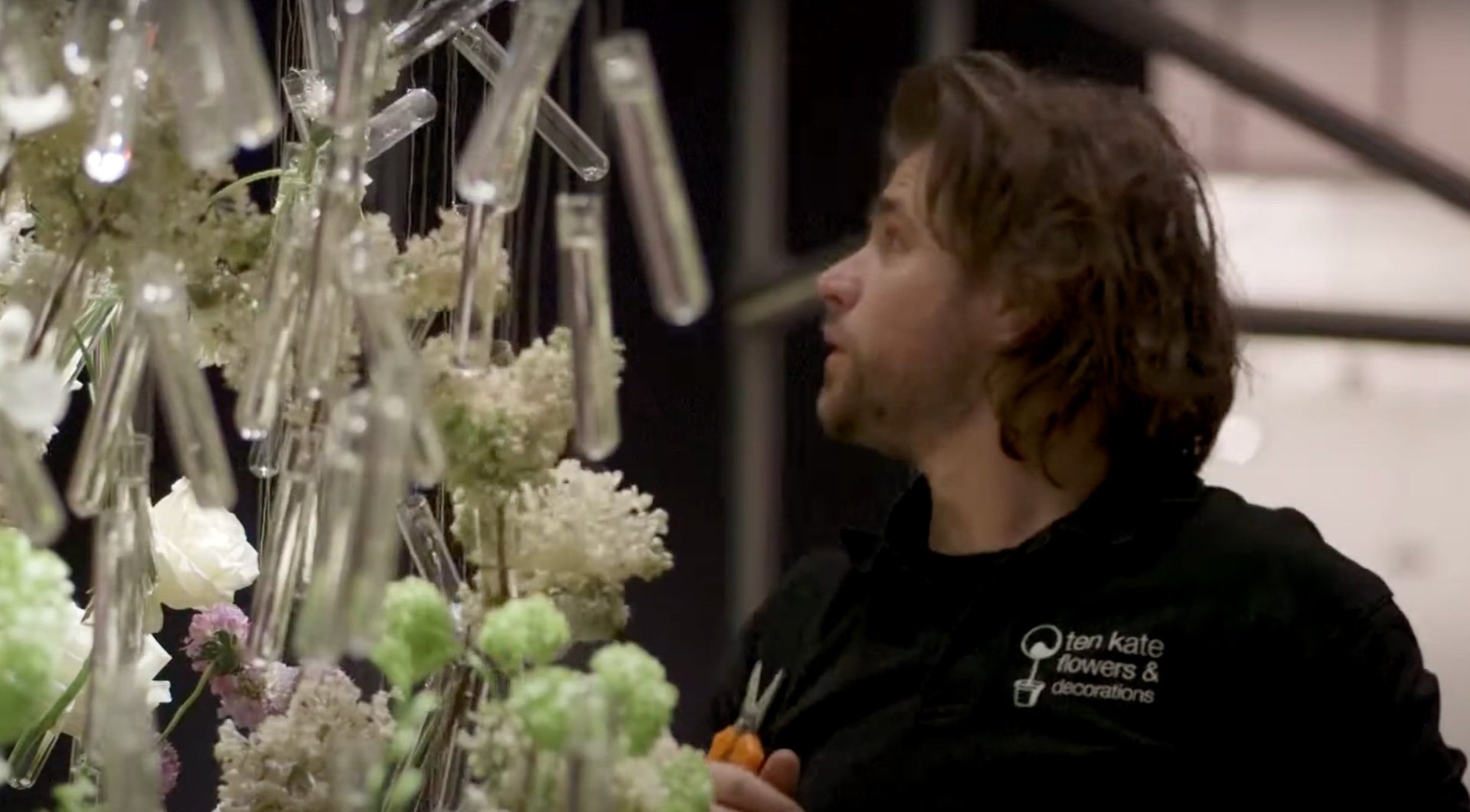
There’s also a misconception about the work of florists and floral designers, which are totally different jobs. Floral designers work on events, which goes above and beyond what typical florists do. Logistics are perhaps even more important than artistry.
I’ve never seen such extravagant floral arrangements like those at TEFAF. What does it take to produce a spectacle like that?
At TEFAF, the production design is almost as important as the art. Everybody talks about the flowers and the total design of the show.
We’ve had a longtime collaboration with Tom Postma Design, who come up with the overall theme. For the Maastricht edition, it usually takes about six to nine months from concept to execution. We typically use 150,000 flowers, but this year it’s about 45,000 to 50,000 because the fair is a bit smaller.
When we work for TEFAF New York, the concern is largely about getting the flowers through US customs. They change the rules periodically based on a bug or a plant disease strain that they may have found. For example, this year, we were not allowed to bring plants with soil, just cut flowers. Two years ago we used branches, but not this year.
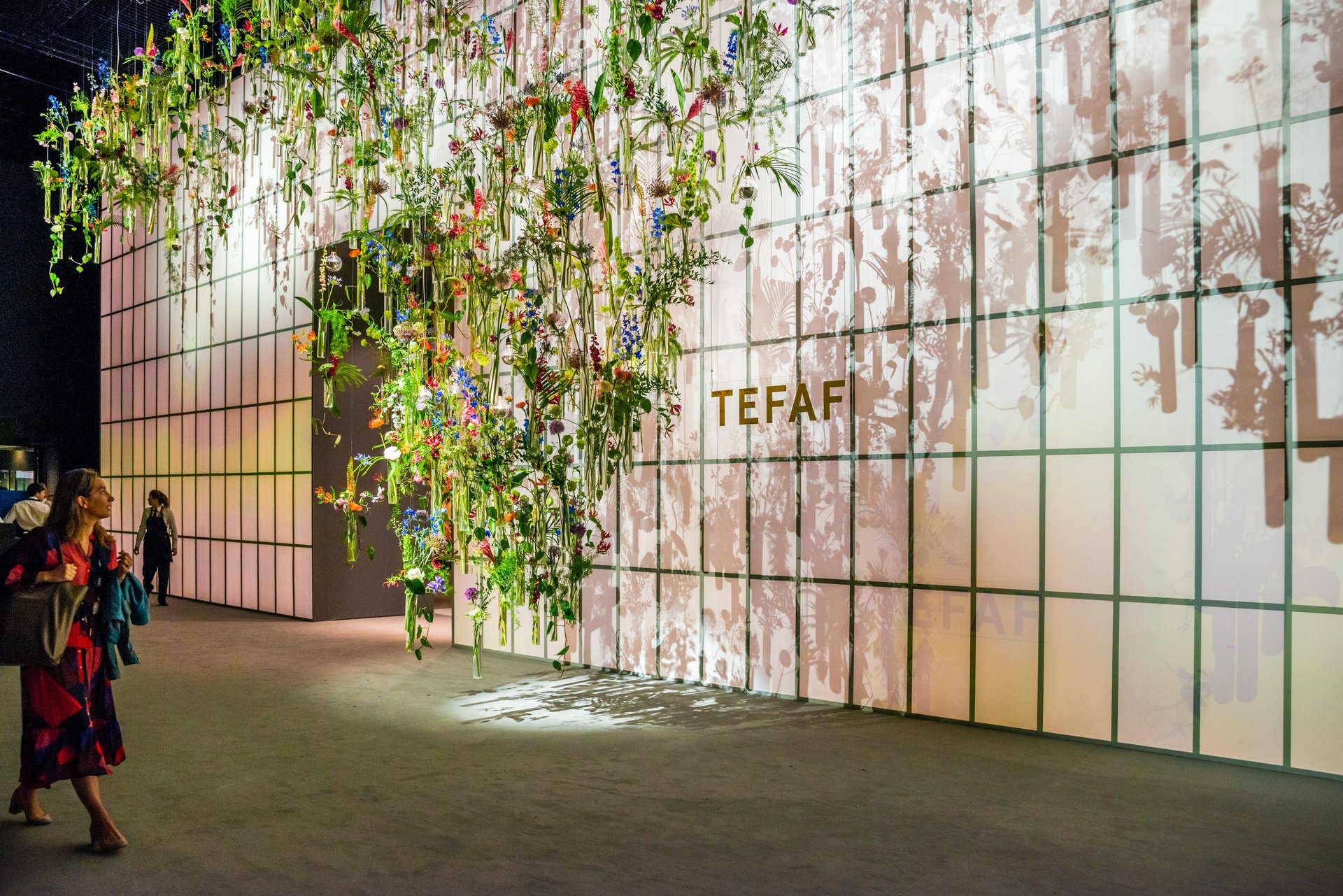
But the hardest job is keeping the flowers fresh for the duration of the entire fair. Normally TEFAF Maastricht is in March and it’s usually not that hot, but it was very different this year. There is no air conditioning in the building but the temperature goes down at night and that prevents the flowers from wilting; now the temperature just stays high. We had to remove each stem from each tube, cut and clean them, and change the water several times. Each stem had been in our hands maybe five or six times during the six-day fair—something we’ve never had to do before. It was a lot of work.
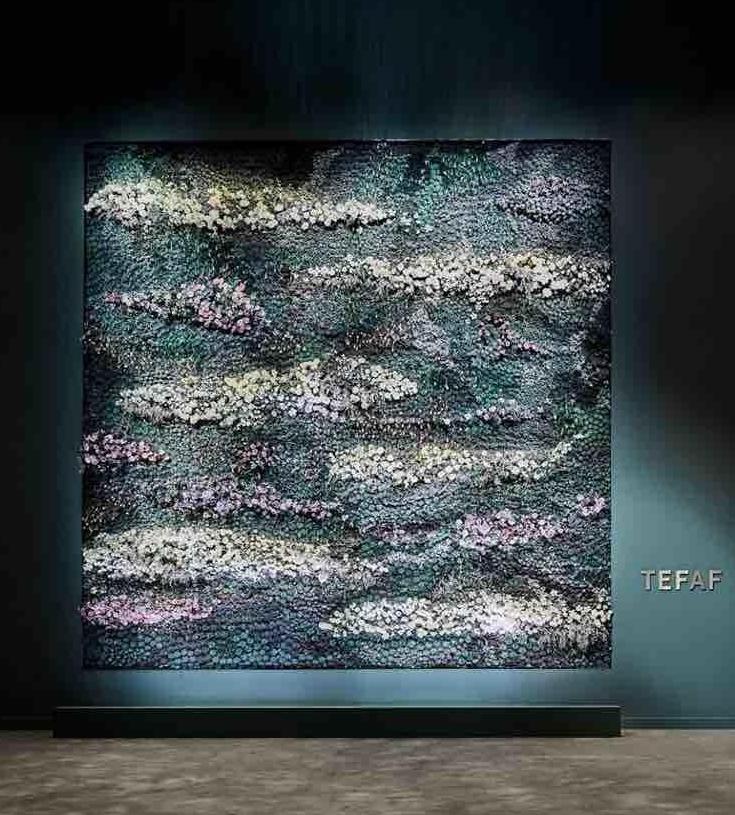
Has the floral design trade changed dramatically since your parents ran the business?
I just took over as Ten Kate’s manager two years ago, but when my father was studying to be a florist, he was in a class with 30 to 40 men and just one woman. Floristry was a man’s job then—a very physically demanding profession that involves lifting heavy watering cans, pots, and equipment.
It’s totally different now. Typically, there’s like one guy and 25 girls. In fact, I was the only guy in my class.
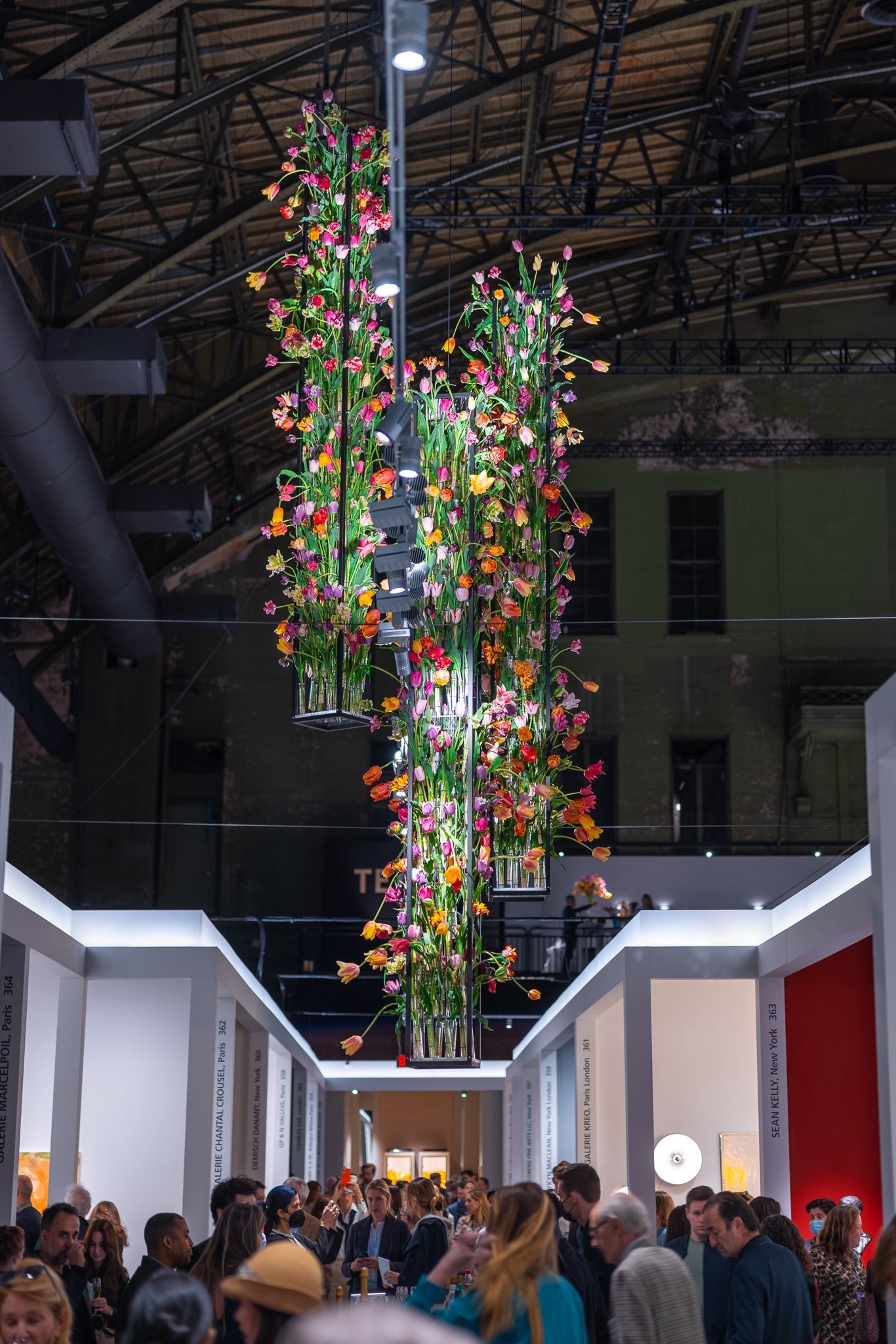
There’s been a spike of floral-themed content on social media in recent years. Has Instagram affected your aesthetic at all?
We do a lot of weddings, and brides would often come to us with a picture from Instagram or Pinterest. It’s usually a backdrop between the happy couple, some grasses, and artificial flowers. It’s all looking the same everywhere you look. When we work on an event with TEFAF, we’re pushing to do something different.
Being a floral designer sounds like such an onerous job. What keeps you going?
Yes, it’s a hard job but it’s also fun! People are happy when they see us setting up a wedding and they’re also happy when we arrive at a funeral. We’ve sold more flowers than usual over the past two years because people began sending them to one another outside of the normal holidays. Seeing how flowers can make people happy is rewarding.
